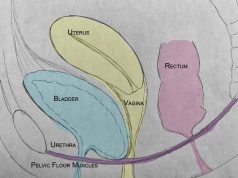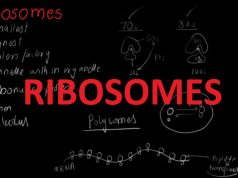Homeopathy is a system of medicine that treats a person with an illness through a method of case-taking, analysis, and prescription that is unique compared with other systems of medicine. Notably, in classical homeopathy, a homeopathic doctor or professional doesn’t just treat the symptoms of the illness, but rather the person with the symptoms of the illness.
Acute Illness Versus Chronic Illness
For example, a seasonal cold versus periodic migraines, is a case in point. The homeopathic treatment of migraines, a more chronic condition, would involve noting all the symptoms of the person suffering with migraines stretching back to when the migraines first began. Other symptoms such as mental and emotional unease, likes and dislikes, emotional challenges, and physical complaints are also elicited. The exact symptoms of the migraine itself as in location, pain, concomitant symptoms, and what makes it better or worse are all important to help differentiate one remedy from another. The common cold is an acute illness with acute symptoms and homeopathic treatment can be effective towards a healing response.
Matching Acute Symptoms of the Common Cold or Seasonal Flu with a Homeopathic Cold Remedy
A person suffering with an acute condition like the cold or flu virus will present to the homeopath with symptoms that are unique to the acute illness. For example, common cold symptoms – watery eyes with bland lachrymation, runny nose with profuse and sometimes acrid discharge that makes the upper lip raw and sensitive – may occur when a person catches a cold virus. The important distinction is the patient doesn’t experience these symptoms on a normal basis. They are unique to the cold virus, and become the focus of matching a cold remedy with the symptoms. The cold remedy indicated above is Allium Cepa, the common onion. This patient will likely feel worse in a warm room and will improve in the open air.


















